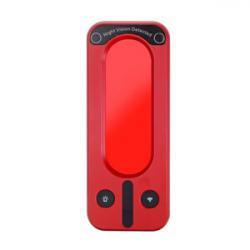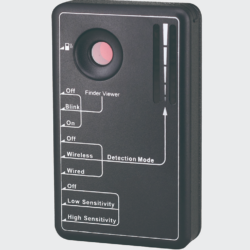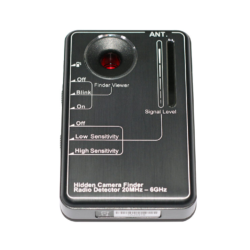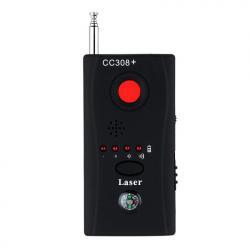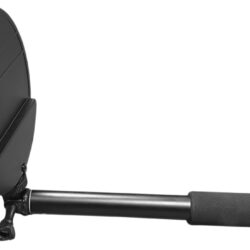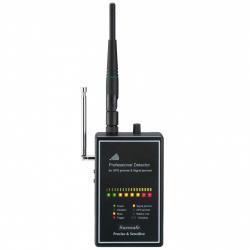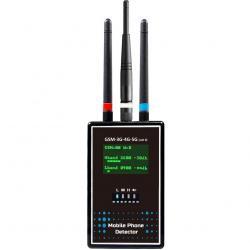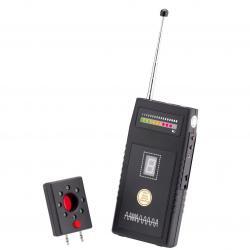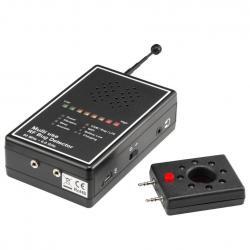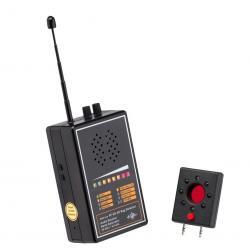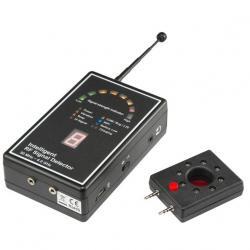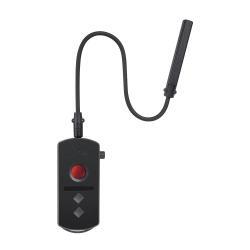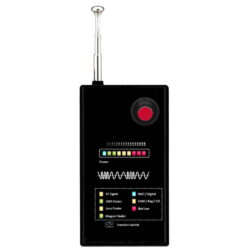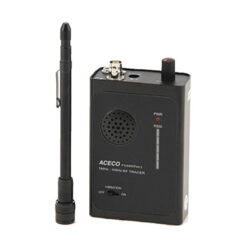Showing all 18 resultsSorted by latest
Bug Detectors
-
Out of stock
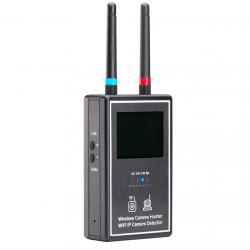
-
Out of stock
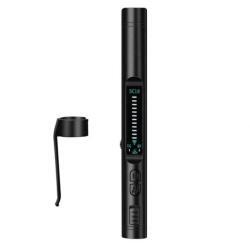
-
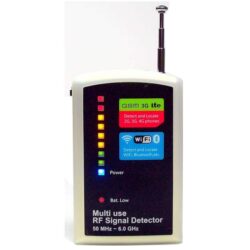
Bug Detectors
Bug Detectors are becoming very popular as people see an increase in the use of covert surveillance equipment. OzSpy Spy Store has been selling bug detectors since 1998 and are Australia’s leader in bug detection. Check out our range above. You can also check out our range of Camera Detectors, Non Linear Junction Detectors, Professional Bug Detectors, or Spectrum Analysers.
Bug detection gear is generally quite easy to use and is designed to pick up radio frequency (RF) signals. Some people prefer to use frequency counters and spectrum analysers to detect a signal. we find that standard off the shelf detectors work quite well once you are familiar with them, so the trick is to learn how to use them.
When you are looking for a listening device, gps tracker or hidden camera, you will probably see lots of signals. These can be can be bugs, hidden cameras, normal wifi, Bluetooth, wireless phones etc.
This is why it important to understand the information the bug detector is providing you. For camera detection, the easiest way is to do a lens scan where any lens is picked up as a sparkle.
In the past it was mainly listening devices that people purchased bug detection for. Now with so many WIFI and 3/4G cameras on the market, hidden cameras are the new top concern. As well as covert GPS trackers on their vehicles. OzSpy has the best range of Bug Detectors, Camera Detectors, non linear junction detectors, spectrum analysers, and GPS Tracker Detectors.
In conclusion, the fastest way to see if you have been bugged, or watched with a hidden camera or listening device, is to purchase one and learn how to use it.
Frequency Range
Each Bug Detector has a range of detectable frequencies. Most start at close to zero but it’s how high they go that makes the difference. Some detectors can detect up to 14GHz, and some 6GHz, and some just a couple. Since most action happens under 6GHz, a 6GHz Bug Detector covers most of the common surveillance equipment used in Australia.
Filters & Frequency Display
Once you get into a higher range of Bug Detectors then you will start being able to see what frequency is detected as they display it on a screen. This is super beneficial as you can see if it is a mobile tower, a WIFI device or a Bluetooth device etc. The more expensive Bug Detectors also filter out a lot of the garbage background signals leaving you with a clean detection.
What are the Common Frequencies Found
You can learn more about the Frequency Spectrum used in Australia here. Generally we look for things out of place, like a clock with WIFI, a double adapter with RF signal, and of course finger prints in places they shouldn’t be. If you are looking for VHF/FM signals, roughly between 80MHz and 120MHz, Bluetooth around the 2.4GHz, WIFI either 2.4GHz or 5GHz and for mobile towers there is quite a list.
Detection Range
The detection range is how far the Bug Detectors can pick up the signal. This differs hugely between models, with some cheaper units just 30cm. We have picked up WIFI devices over 50 meters away with the Pro Series. A lot of Bug Detection Equipment also have a sensitivity adjustment so if you are picking up too many signals you can just reduce sensitivity.
Detection Types
Most Bug Detectors that detect RF will pick up Phones, Towers, WIFI, Bluetooth, GPS Trackers and RF Listening Devices. With the many different frequencies used by the Phone Networks, some are better than others at different frequencies.
What is RF (Radio Frequency)
Radio frequency (RF) electromagnetic radiation (EMR) is the transfer of energy by radio waves. RF EMR lies in the frequency range between 100 kilohertz (kHz) to 300 gigahertz (GHz). RF EMR is non-ionising radiation, meaning that it has insufficient energy to break chemical bonds or remove electrons (ionisation). So basically RF is an active signal as a device pushes information into the environment via radio waves.
How Does a Bug Detector Work
Despite the price and complexity of Bug Detectors, the theory is quite simple. Bug Detectors simply act as a radio receiver across millions of frequencies and when they detect a signal, they notify you. We have some blog articles on detection available here.
What is Lens Detection
Lens detection, or lens scanning is a red light that emanates from the Bug Detector and you watch via a special lens in the device. When you face an area with a hidden camera, you will see it reflect back and sparkle. This tells you to have a closer look at the item that may have a concealed lens.
What is IR Scanning
Some Bug Detectors have IR scanning, or Infra Red scanning. This is specifically designed to find concealed cameras that use IR for Night Vision. Using IR scanning, Lens Detection and RF detection together gives you a great chance at finding hidden cameras. No matter what they are concealed in. Unless they don’t have Night Vision, then IR scanning is of no help.
What is EMI Detection
EMR Detection specialises in identifying the sources of electromagnetic radiation. Most low cost Bug Detectors with this feature require the unit to be almost touching the target. This is as Electro Magnetic Radiation Detection can be difficult which is why many Bug Detectors don’t have this feature.
Why is Magnetism Detection Used
Many GPS Trackers utilise rare earth magnets to hold them to the vehicle. Using magnet detection can help detect these through the car floor. In our opinion, a good visual search under the car is also beneficial to detect GPS trackers.
What are NLJD (Non Linear Junction Detectors)
The non-linear junction detector, or an NLJD, is a device that illuminates a small region of space with high-frequency RF energy. Any ‘non linear junction’ in the vicinity will receive this energy, and because of the asymmetric response of the junction to an electric field, it will mangle it, re-emitting some of it on multiples of the illumination frequency. NLJDs are a high priced, complex bit of kit that are normally only used by top level experts, and are not recommended for beginners.
What are Spectrum Analysers
A spectrum analyser measures the magnitude of an input signal versus frequency within the full frequency range of the instrument. The primary use is to measure the power of the spectrum of known and unknown signals. Spectrum analysers can be complicated, but are considered one of the gold standard devices to use for Bug Detection.
OzSpy Spy Shop
OzSpy, the original Spy Store founded in 1998 with quality bug detection equipment to suit every need.
Check out some blog articles on bug detectors and bug detection – How to Sweep for bugging Devices & Bug Detectors Buying Guide

